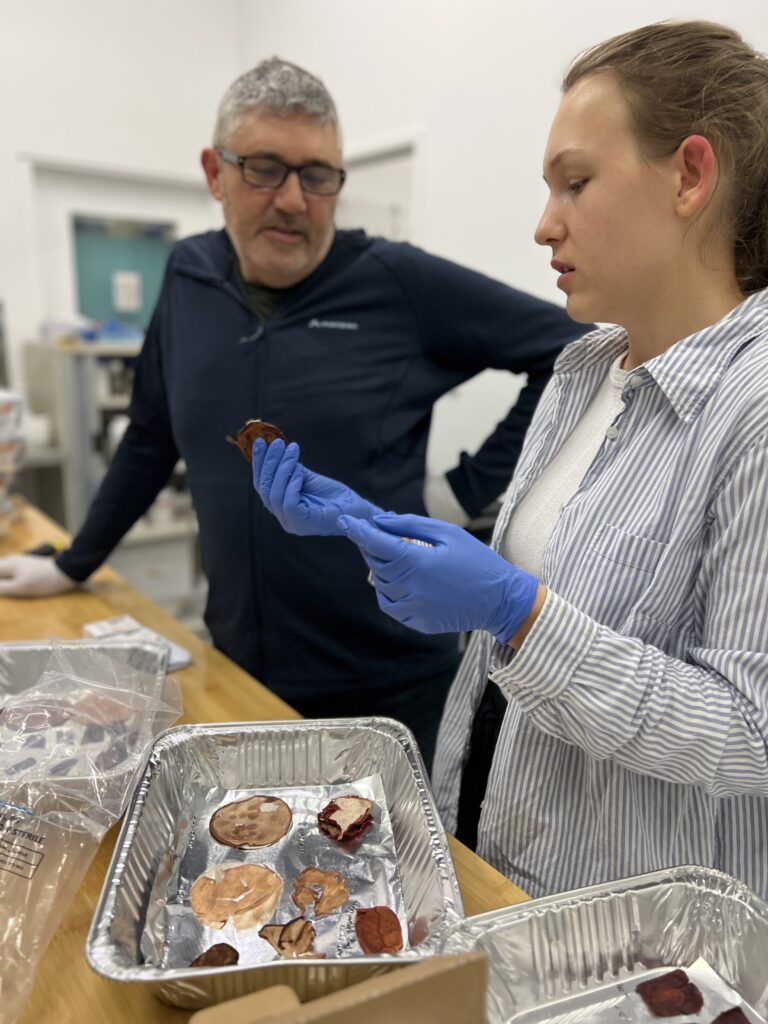Sapro-Tech’s Founder Keith Hudson strongly believes that the climate crisis is the biggest issue facing humanity and sustainability is the most impactful action we can take for our planet.
“We’re going forward two to four degrees in temperature by the end of the century. According to the Intergovernmental Panel on Climate Change (IPCC) we should be shooting down greenhouse gases, but it is still going up and that’s really critical.”
With a background in science and technology spanning 20 years, Keith wanted to use his skillset to find a business solution that would address these very issues. Inspired by the native bush that surrounded his home in the Waitakere ranges, where various species of fungi thrive, Sapro-Tech was born. The company focuses on next generation materials using the amazing properties of mycelium, i.e fungi.
“I have a very ecological perspective. I realised that fungi are remarkable in the number of forms they have. The ones we are interested in are called polypores which tend to grow on dead trees. Fungi are fascinating in the structures that they take from slimes and corals to almost wood like structures such as artist brackets – this variety gave us inspiration to perceive that they could create new materials. I looked at opportunities in creating sustainable businesses, and this is where I thought there was the greatest opportunity in terms of intellectual property, my skills, and a gap in the market.”

Navigating opportunities and scaling innovations
Sapro-Tech’s advantage lies in the way the company uses fungi to combine low cost plant-based products in novel ways and produce a range of materials.
“At Sapro tech we believe we can create products that have similar performance metrics and costs to current leather – and we can probably make a range of materials that even go into plastic-like materials.”
Sapro-Tech Chief Commercial Officer, Andy Hamilton says the main challenge is scaling their business so they can get to a point where consumers eventually prefer an alternative leather.
“There are other companies that are trying to find alternative ways to make a contribution – there’s mycelium leather, cactus leather, pineapple leather – it’s a significant trend. But, what manufacturers and brands are struggling with is obtaining supply of these materials in a form and a price that is just as good, if not better, than real leather.”
Sapro-Tech nearing the end of their second generation of material. The pivotal point for market readiness is expected to emerge in the fourth to fifth generation which Andy says brings a distinctive challenge, how to establish a market presence and engage with potential consumers/partners when your product is not yet available for distribution.
“Often you can only engage with the market when you have something to show them, our challenge is that we haven’t yet finished the second generation of material and we generally aren’t ready to show people those materials. Therefore, how we communicate the possibilities of the product is really important.
“That’s where Kea Connect has been really great. They have helped us with introductions across the world and we have been able to meet people who are also committed to sustainability and are interested in potentially partnering with our brand.”
“It’s important to be clear in the way you communicate/engage with the market – we’ve learnt it’s less about us and more about them. Be consistent. Communication has a big part to play in the openness from the other side.”

Kea Connect supported Sapro-Tech with connections in Europe, the United States and New Zealand – some of these connections are now looking to partner with Sapro-Tech in the near future.

 MENU
MENU






